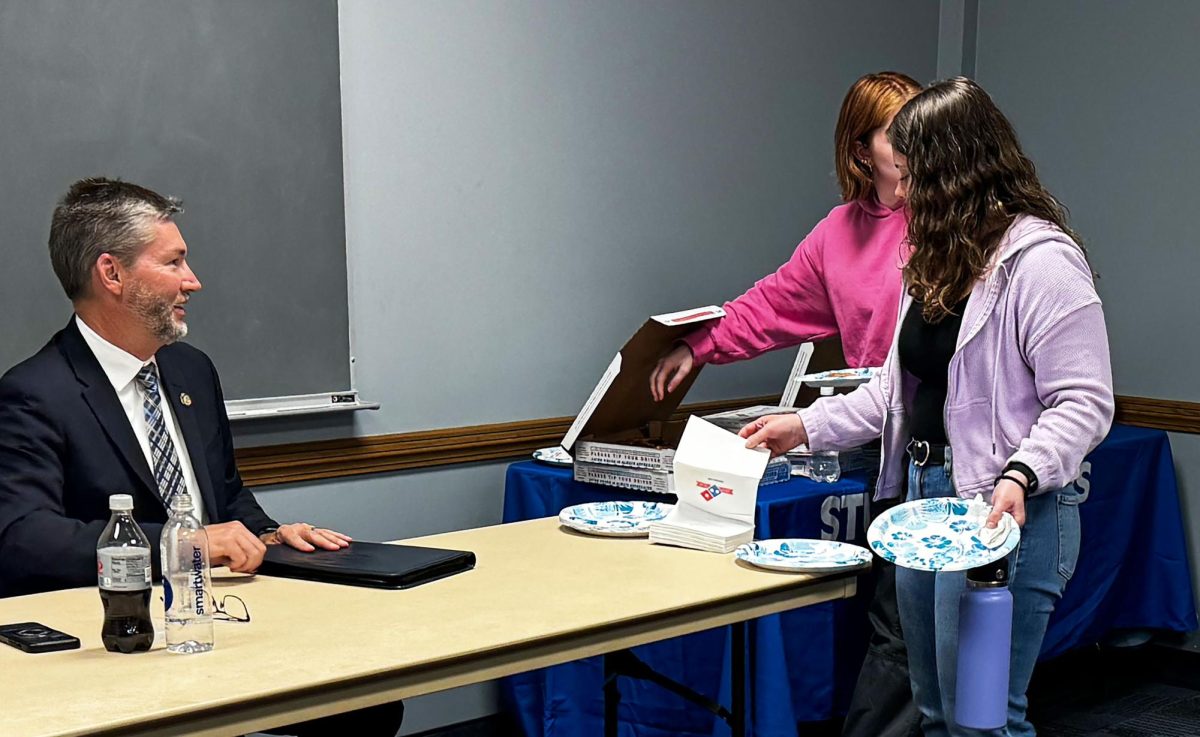Column: China’s historic moon mission could be groundbreaking
November 30, 2020
China made history in January 2019 when they landed a spacecraft on the far side of the moon — something that had never been done before. China is now looking to make history again in space research. On Tuesday China launched their Chang’e-5 lunar probe.
China hopes their spacecraft will be able to shovel up lunar rocks and soil and bring them back to Earth. If they succeed, they will make history by being the third country to retrieve samples from the moon, following the United States and the Soviet Union.
If successful, it will also be the first time any country has retrieved samples from the moon in more than 40 years. China has previously been secretive about their space missions, so the fact that they announced their mission before orbit indicates a growing confidence.
If China retrieves samples from the moon, they will make major contributions to the understanding of the solar system’s evolution as well as volcanic activity on the moon. According to the science journal Nature, the spacecraft will collect about four pounds of surface material from a previously unexplored region, over the course of one lunar day — equivalent to around 14 Earth days — which will keep the electronics from potentially being damaged in the extreme overnight cold temperatures.
“The sample will be returned to Earth, parachuting into the Siziwang Banner grassland of the autonomous region of Inner Mongolia in China probably sometime in early December,” says NASA. After the sample arrives, it will be stored in the Chinese Academy of Sciences National Astronomical Observatory of China in Beijing. At this point it is unclear if the sample will leave the observatory for outside research purposes.
“Two questions intriguing planetary scientists today are why the gravity of the moon is uneven and why there is so much hydrogen at the lunar poles. These questions are important as the answers can inform our understanding of Earth’s past, and our future.
If we can understand the variations in gravity of the moon — that was formed at the same time as Earth — we can better understand the gravity variations of Earth,” stated an article published by NASA.
China has the potential to answer questions that scientists have been studying for over 40 years. “This is a really audacious mission,” said David S. Draper, the deputy chief scientist at NASA. “They’re going to move the ball down the field in a big way with respect to understanding a lot of things that are important about lunar history.”
Lindsey Ulrey is a freshman political science major. She can be reached at 581-2812 or [email protected].













































